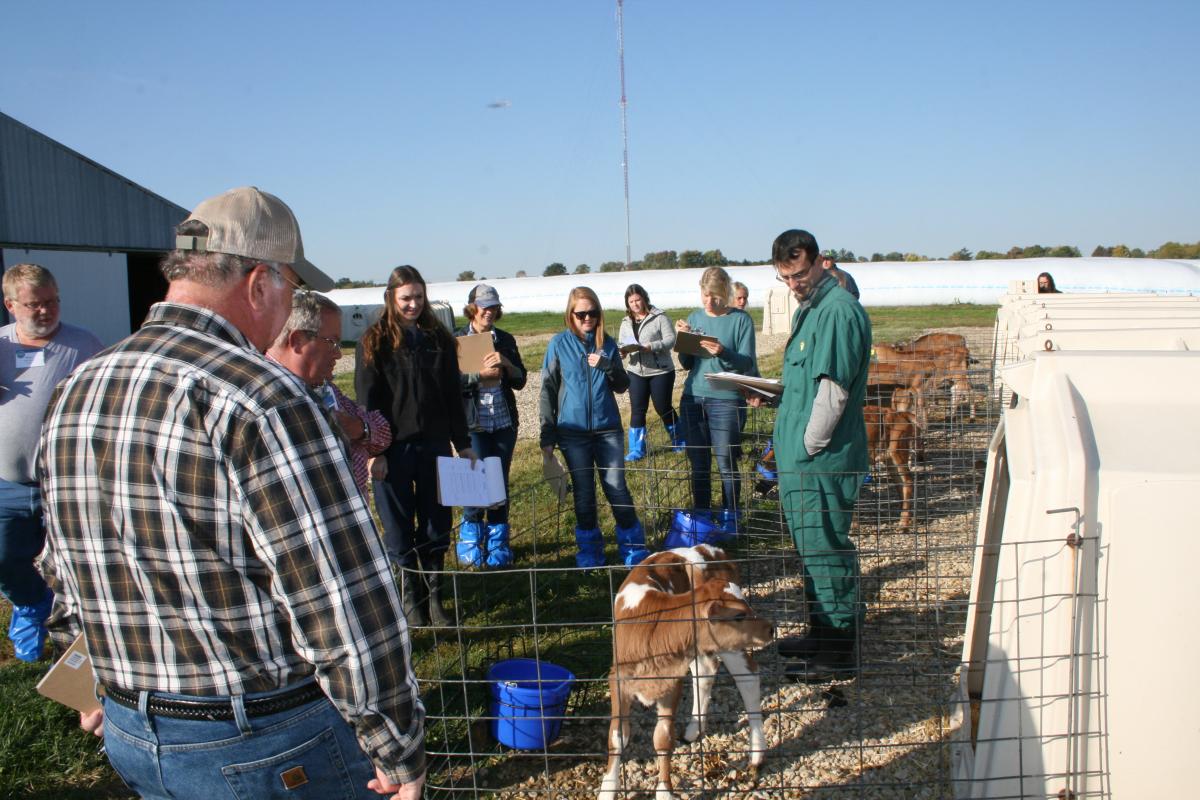 Even before it ends, 2016 has been a busy year for the National Dairy FARM Program, complete with the addition of new team members, plenty of training events and the rollout of new materials in preparation for the introduction next month of FARM Animal Care Version 3.0.
Even before it ends, 2016 has been a busy year for the National Dairy FARM Program, complete with the addition of new team members, plenty of training events and the rollout of new materials in preparation for the introduction next month of FARM Animal Care Version 3.0.
One important milestone was achieved this year: The FARM Animal Care Program now has 98 percent of the U.S. milk supply enrolled, thanks to the value the program provides by assuring customers and consumers that their dairy products come from farms that take the utmost care of their animals. The FARM Program greatly appreciates the support for the program by all of its participating co-ops, processors and most critically, farmers.
Here are some other changes the FARM Program underwent this year:
Team Additions
In May, FARM welcomed two new team members to manage its day-to-day activities. Emily Yeiser Stepp joined as the new director of the FARM Animal Care Program, and Beverly Hampton joined as program coordinator, focusing on communication and outreach. Ryan Bennett, NMPF’s Senior Director of Sustainability and Industry Affairs, now manages FARM Environmental Stewardship, a voluntary program set to launch in 2017, and Jamie Jonker continues to direct FARM Antibiotic Stewardship. Emily Meredith continues to oversee the entire FARM team, now as NMPF Chief of Staff.
Animal Care Version 3.0 Finalized
The latest version of FARM’s Animal Care program will be implemented starting Jan. 1, 2017. In addition to the Version 3.0 FARM Animal Care Manual, FARM is offering other complimentary materials to assist participating co-ops, processors and farmers in preparing for the new version. Additionally, customizable binders are available that cooperatives and processors can order for their members that will provide these materials in hard copy.
Also in preparation for FARM Animal Care Version 3.0, FARM staff hosted four regional Train-the-Trainer events. More than 100 trainers came to Ithaca, N.Y., Minneapolis, Minn., Columbus, Ohio, and Phoenix, Ariz., to participate in two days of intensive training provided by experts from Praedium in conjunction with the FARM Animal Care staff.
Materials and other information on FARM 3.0 are available on the FARM Program website. Additional materials related to animal care will be available in 2017.
FARM Stakeholder Engagement
For the first time, the FARM Program hosted a full day of programming at the annual meeting of the American Association of Bovine Practitioners (AABP) to further engage with the veterinary community.
Veterinarians have and will continue to play an integral role in ensuring excellent animal care on dairy farms. With a heightened focus on a Veterinarian-Client-Patient-Relationship and the Herd Health Plan in Version 3.0 of FARM Animal Care, the AABP meeting was an excellent venue to communicate the importance of veterinary involvement.
Additionally, FARM held its first-ever Evaluator Conference last month in Nashville, TN as a professional development and networking opportunity for nearly 70 FARM Program evaluators. Attendees participated in leadership development training, learned how to further help farmers embrace the FARM program, and heard about the latest research related to animal welfare and sustainability. Bringing together evaluators from all over the country allowed for shared conversations around successes, challenges and peer-to-peer learnings.
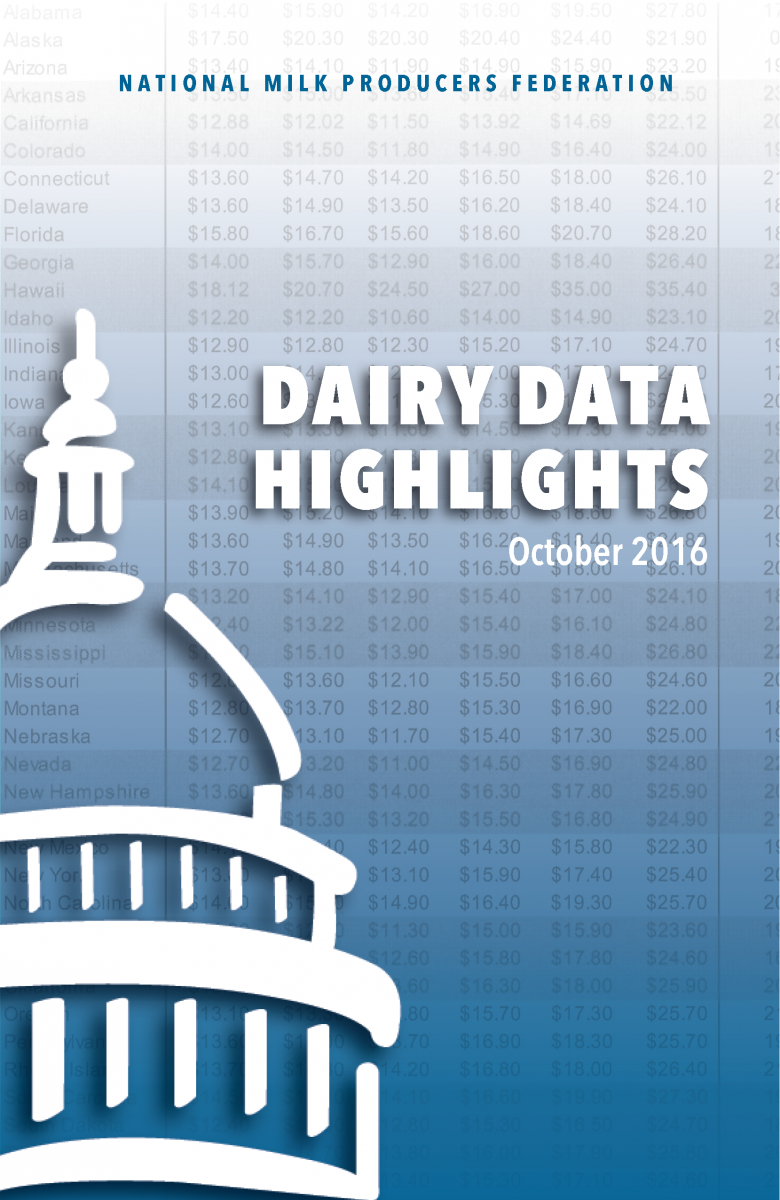 The 2016 edition of NMPF’s Dairy Data Highlights – complete with a redesigned cover – is now available to order.
The 2016 edition of NMPF’s Dairy Data Highlights – complete with a redesigned cover – is now available to order.
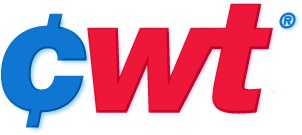 Cooperatives Working Together
Cooperatives Working Together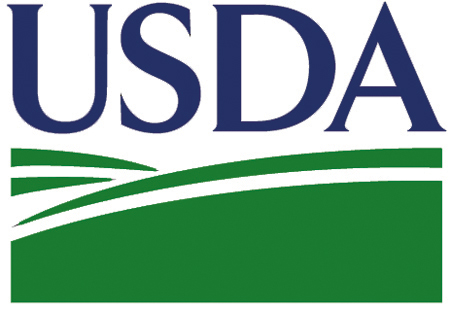 The U.S. Department of Agriculture’s National Agricultural Statistics Service (NASS) is in the process of conducting its Agricultural Resource Management Survey (ARMS) for dairy farms, also known as the Dairy Cost of Production Survey. NMPF makes extensive use of this information and strongly encourages dairy producers to participate if called upon to do so. Specifically, NMPF will be using USDA cost of production data as it works with the new Congress to make improvements in the Margin Protection Program.
The U.S. Department of Agriculture’s National Agricultural Statistics Service (NASS) is in the process of conducting its Agricultural Resource Management Survey (ARMS) for dairy farms, also known as the Dairy Cost of Production Survey. NMPF makes extensive use of this information and strongly encourages dairy producers to participate if called upon to do so. Specifically, NMPF will be using USDA cost of production data as it works with the new Congress to make improvements in the Margin Protection Program.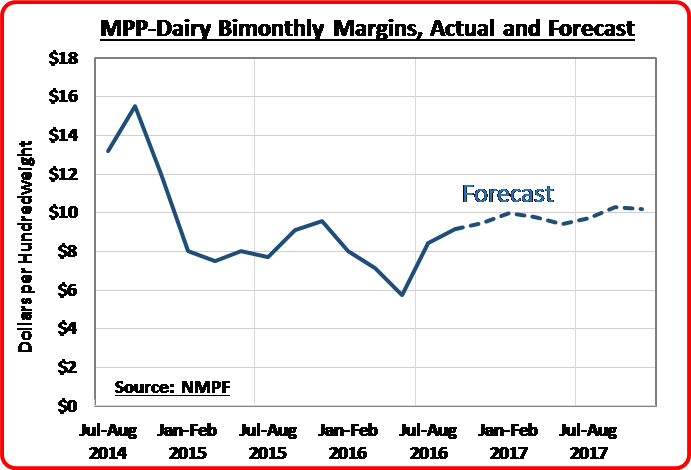
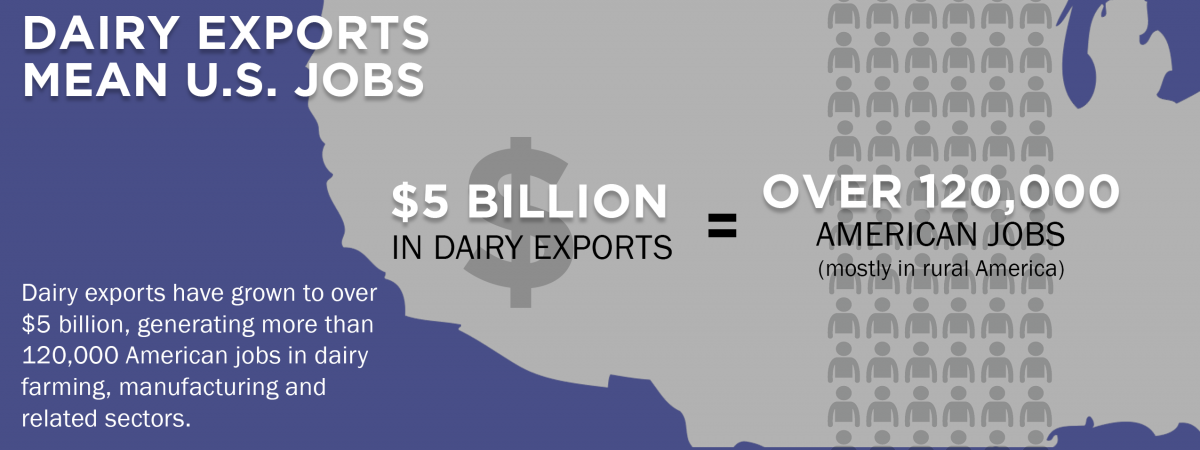
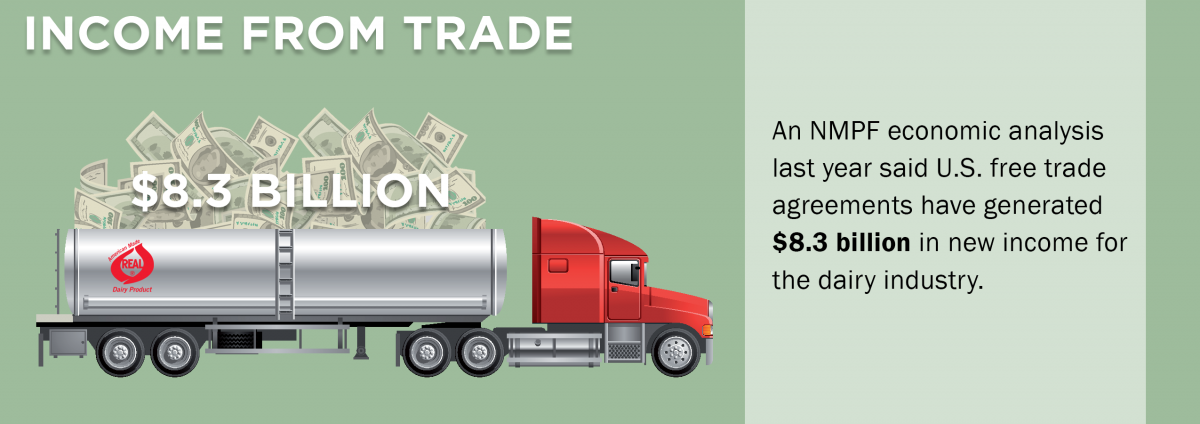 To maintain and grow those sales, U.S. dairy farmers and processors need a level international playing field to compete, the letter to Trump noted. Additionally, NMPF and USDEC noted their agreement with President-elect Trump that current trade agreements must be strictly enforced. Protectionist policies that run contrary to established agreements, such as the Canadian dairy pricing schemes and the European abuse of geographical indications, must be immediately addressed and reversed. NMPF and USDEC also listed other key factors to help preserve overseas dairy sales, including a focus on how U.S. regulatory agencies should do more to resolve technical trade barriers to exports.
To maintain and grow those sales, U.S. dairy farmers and processors need a level international playing field to compete, the letter to Trump noted. Additionally, NMPF and USDEC noted their agreement with President-elect Trump that current trade agreements must be strictly enforced. Protectionist policies that run contrary to established agreements, such as the Canadian dairy pricing schemes and the European abuse of geographical indications, must be immediately addressed and reversed. NMPF and USDEC also listed other key factors to help preserve overseas dairy sales, including a focus on how U.S. regulatory agencies should do more to resolve technical trade barriers to exports. ARLINGTON, VA – The National Milk Producers Federation (NMPF) and the U.S. Dairy Export Council (USDEC)
ARLINGTON, VA – The National Milk Producers Federation (NMPF) and the U.S. Dairy Export Council (USDEC) 
 The first annual FARM Program Evaluator Conference, held after NMPF’s annual meeting earlier this month, drew strong turnout from more than 60 evaluators representing the majority of companies participating in the National Dairy FARM Program.
The first annual FARM Program Evaluator Conference, held after NMPF’s annual meeting earlier this month, drew strong turnout from more than 60 evaluators representing the majority of companies participating in the National Dairy FARM Program.



